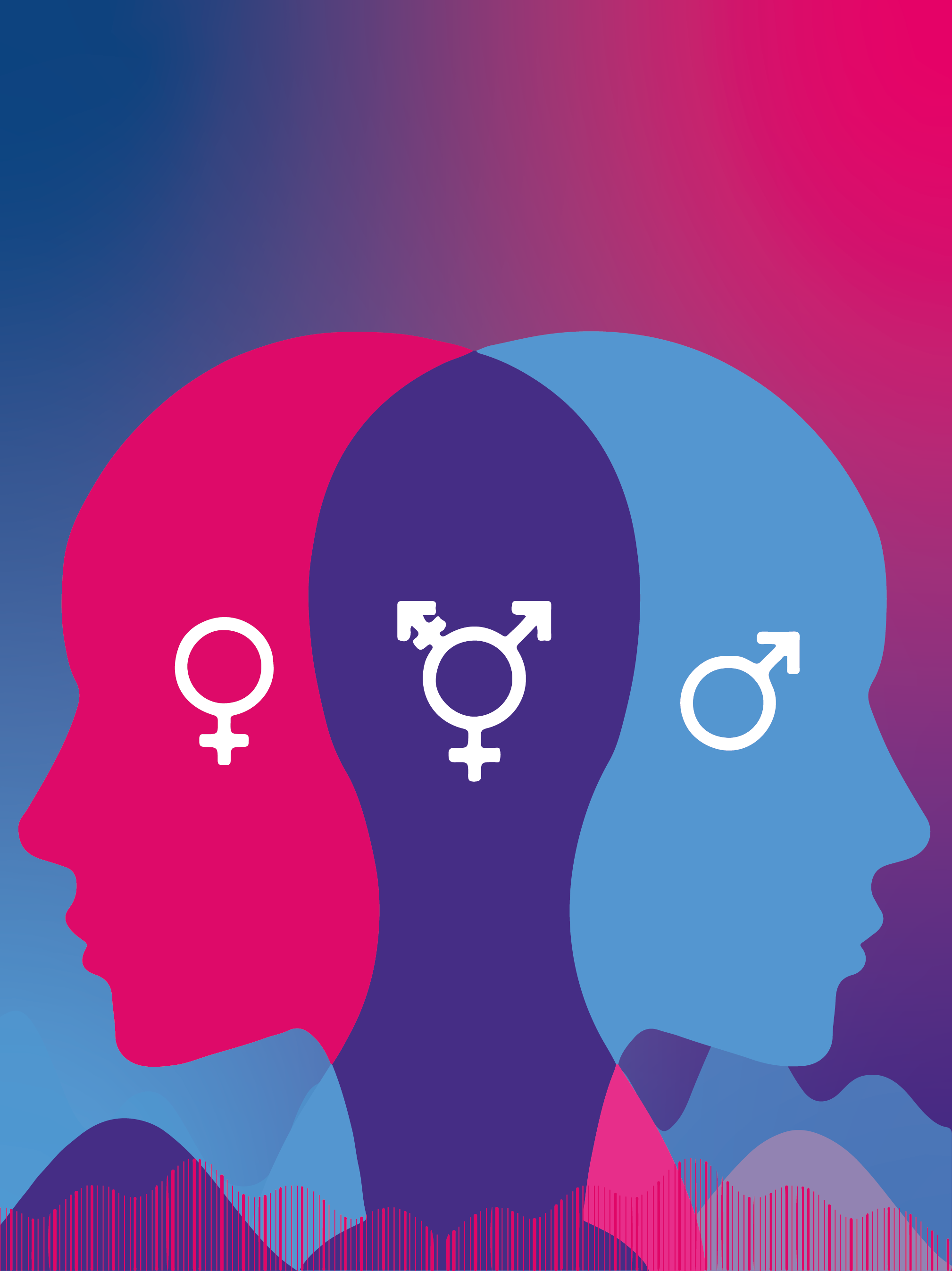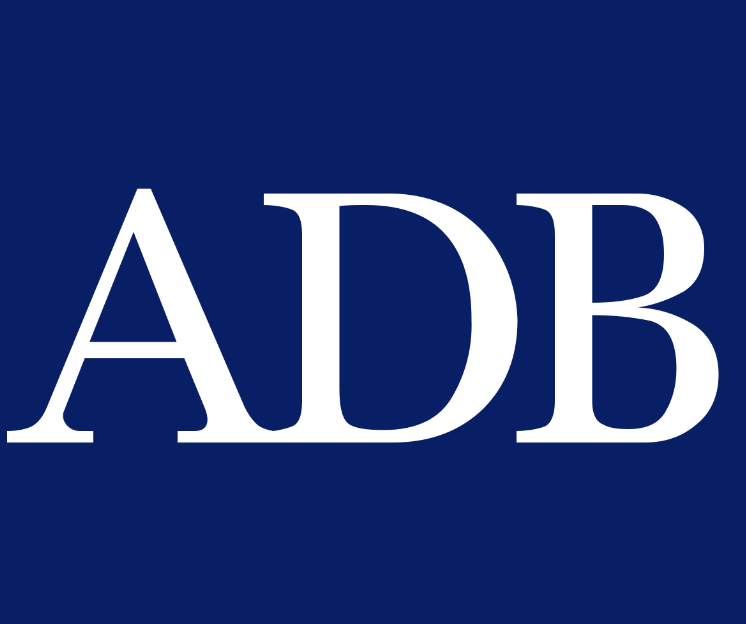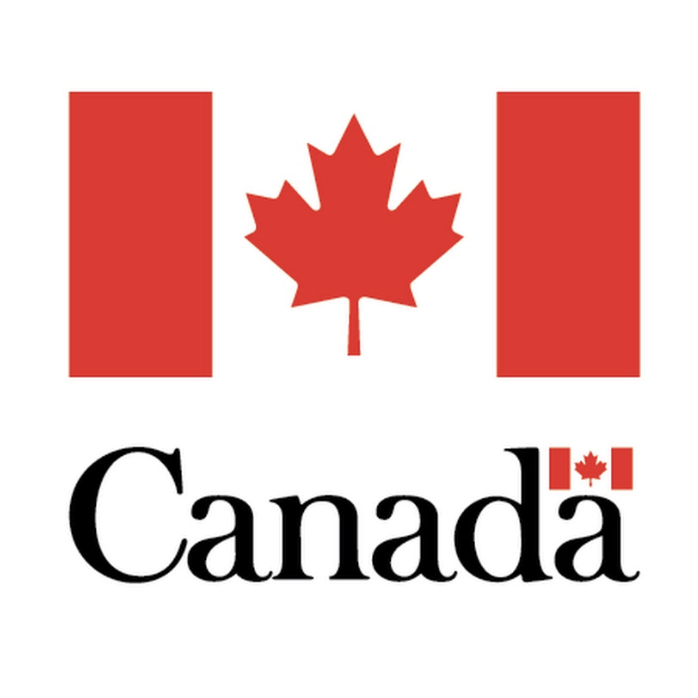ITF Gender Analysis Toolkit for Transport policies
The Checklist guides policy makers and project managers to include gender considerations throughout a transport policy or project life cycle.
The Indicators help select the metrics and relevant data to measure gender equality in transport policies or projects.


The Gender Analysis Toolkit for Transport Policies is a simple and comprehensive set of tools to conduct gender analysis: the Checklist, Indicators, and Questionnaire. The toolkit helps bring a gender equality perspective into transport policy initiatives designed or implemented by governments, international organisations and businesses. The tools can be applied independently or combined to analyse gender equality in transport policies and projects.

Gender and Transport
Transport policies do not generate the same outcomes for individuals. Women and men have different travel needs and use transport differently. Women and men do not benefit equally from public investments. Both genders have diverse needs and use infrastructure differently depending on their social roles, economic status or preferences. Women and men also face different challenges in terms of poverty, unemployment, safety, wellbeing, economic and political empowerment.
Women travel patterns are more complex than men’s, with more, mostly short trips, more frequent off-peak hours trips, often involving chaining together care- and work-related responsibilities. The transport workforce is also highly gendered. Women remain underrepresented in most transport sectors, which limits their contributions to transport systems design and decision making.

What is gender analysis?
Gender analysis is a systematic analytical process to identify, understand and describe gender differences and their relevance in a specific context.
It includes the analysis of how the same policies impact women and men differently and requires gender-disaggregated or gender-sensitive data. Gender disaggregated data and indicators form the foundation for the development of policies based on the differential needs and behaviour of women and men that are gender-balanced and inclusive. They
are an integral part of gender analysis throughout policymaking and project development processes.

Why is gender analysis important?
Gender analysis, supported by gender-disaggregated data, is a first step toward achieving gender equality.

How can the Gender Analysis Toolkit help me?
Three questions informed the development of the Gender Analysis Toolkit for Transport.
Testimonials

“This will be beneficial to ADB staff during project processing when gender performance indicators are
designed, during implementation when projects are monitored, and as a reference when engaging in
meaningful policy dialogue with government partners and private sector clients”.

“This toolkit can act as a complementary resource to our existing in-house guidance documents for the
completion of mandatory templates for program and policy development.”.

“The ITF Gender Analysis Toolkit for Transport Policies – an in particular the Gender Checklist for Transport Policies and Projects – can be used alongside labour impact assessments to ensure transport projects and policies generate positive outcomes for gender equality in the transport workforce.”
